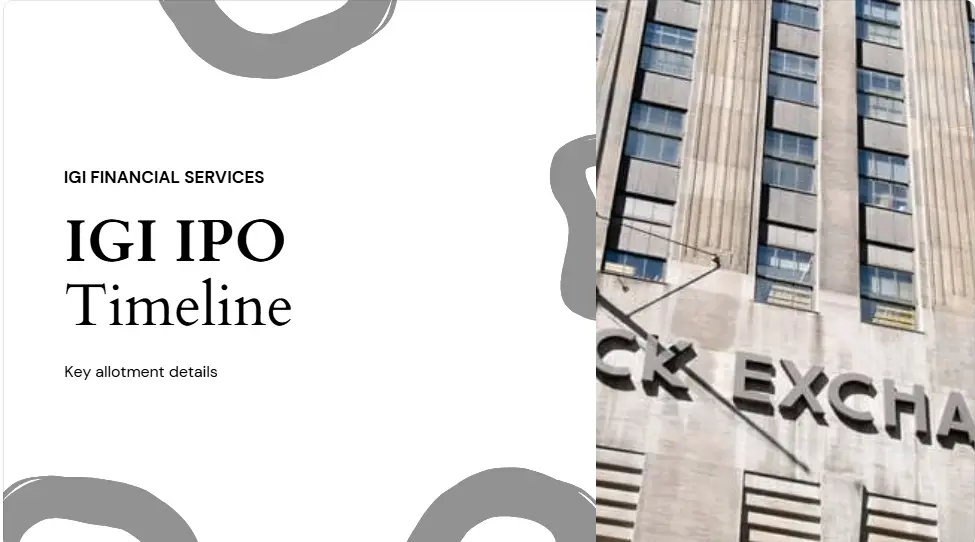
Understanding Venture Capital Funding Process for Startups in India
Getting venture capital funding is a big advantage for startups. VC funding (Wikipedia definition) operates as super fuel for your company: it helps you add staff, refine your product, and get into new markets before you could if you bootstrapped alone. As well as money, VCs help with guidance, introduce you to people in the industry, and make your business seem more credible if a known firm is part of the team. Because traditional banks avoid risk in India, venture capital supports companies that are eager to grow fast.
Why Venture Capital Funding is Important
🚀 Growth Acceleration
It makes sense to inject funds so that you can move fast and enhance your features, do intense marketing, and expand in different regions before your sales pick up naturally.
⭐ High Credibility and Lots of Clout
Announcing you’re getting funding can help you reach new milestones. A great investor on your cap table attracts notice from potential clients, partners, and potential hires.
🧭 Strategic Guidance
Investors with experience aren’t limited to investing; they also guide you with your strategy, introduce you to those in your industry, and assist in developing your goals.
🛡️ Risk Mitigation
The drawback of giving up equity is that it spreads the risk, which is what VCs need to share with you, leaving you time to manage the business.
Step-by-step Process to Secure VC Funding
+-
Review if You Are Prepared
- Have you achieved gains in user numbers, increased revenue, or started partnerships for testing?
- Create a simple, detailed forecast for the next 3–5 years showing how much it costs, how fast the business spends cash, and when it will be even financially.
- Narrative: Be able to describe your vision and the ways VC financing pushes you forward.
-
Make sure you pick the right people to fund your startup.
- Organize VCs according to their focus areas (such as SaaS, fintech, and deep tech) and the deals they generally make (early, seed, or Series A).
- Geography & Thesis: People in finance either concentrate on Indian markets or prefer cross-national strategies. Harmonize your request with their way of doing business.
-
Design a memorable presentation for your pitch deck.
- You can begin with your solution to a need, discuss how you accomplish this, mention the market opportunity, how traction is accumulating, your team background, and the path to profits.
- Make sure you have no more than 15 slides, as each should include a main point that’s backed up with essential images or charts.
-
Introductions That Feel Safely Businesslike
- Use your LinkedIn network to connect with potential candidates using the recommendations of mentors, fellow founders, and your alumni base. If you start your campaign with a personal message, you’re more likely to get your email opened.
- Having a demo day or accelerator program can introduce you to a large group of VCs.
-
Following up personally and sending outreach messages
- When sending a cold email, tailor your message by referring to ties with the reader, showing what similar companies you’ve worked with, and detailing one or two major achievements.
- It’s fine to make a follow-up one or twice, but if the investor is interested, let them know when you reach important milestones.
-
Examination & Deal Negotiations
- Get your financial tools, contracts with customers, intellectual property (IP) documents, and cap tables ready for easy sharing via Data Room.
- Before you sign a term sheet, check the valuation, makeup of the board, and liquidating priority, plus any protective conditions.
-
It’s what happens at closing and beyond that makes the difference.
After all the paperwork is processed and money enters your account, you should use your investors’ help to move forward stronger than before.
Fundraising Documents You Need
+- Executive Summary: Compressed look at your business model, the opportunity available, and the funds you are pursuing.
- Financial Model: Calculating how much the company will make, spend, and gain in cash over a 3–5 year period.
- Cap Table: Easy to understand who owns what before and after the raising of funds.
-
Highlights: Graphs of increasing users, some early revenue, or letters promising services or sales.
Growth Metrics (Example Visualization)
10kUsers Q125kUsers Q2₹50LRevenue Q1₹1.2CrRevenue Q2 - Legal Documents: Includes documents like incorporation papers, marks and rights ownership grants, work agreements, and customer deals.
Your pitch deck should tell the main story of your business, and it’s important to keep improving it with the feedback you receive.
How to Grab Investor Interest
+- A reference from a founder’s or an advisor’s network can instantly boost your presentation.
- The best way to find investors is to attend industry events, group discussions, and online panels.
- Writing helpful blog articles or LinkedIn updates on your process can bring others to your site.
- If you do reach out without knowing the person, focus on being concise, make it about them, and use information you have.
How India’s Startup Wave will continue in 2025
In 2025, activity in fintech, SaaS, and consumer internet hit a new high (with record funding) following the strong rebound seen in 2024.
- Lately, AI/ML, blockchain, healthtech, and climate tech are attracting new money.
- The country’s “Fund of Funds” program means that government and private VCs continue to partner, pumping billions toward the ecosystem.
- Increasing Attention: Overseas funds are becoming interested in India’s startups due to their large potential and innovative ideas.
Things You Should Do and Things You Should Avoid When Pitching
| Do... | Don’t... |
|---|---|
| Make sure you understand each VC’s focus and include it in your emails to them. | Don’t exaggerate how big the market can be, or else you may lose credibility. |
| Stress the successes you’ve had by pointing to your real users and results. | Never try to sell your startup until you can give precise metrics and an effective model. |
| Share the story of how you came to start your company—investors care about you as much as your ideas. | Email everyone you can find without considering their interests. |
| Try to keep your explanation around 10–12 minutes. | Avoid following the guidance given by investors. (Note: The original text had "and avoid following the guidance...", this seems like a typo and should likely be "and follow guidance" or "Don't ignore guidance". I've kept it as in source, but it's an odd "Do" point.) |
| Update your contacts with any important advances and progress you experience. | Send out a lot of messages to your investors. (Interpreted as: Don't spam or over-communicate without substance) |
| Make sure you have strong, long-standing bonds with everyone, even people who leave. | Just think of VCs as cheques; treat them more like valuable partners. (This is phrased as "Don't just think...". The positive action is to treat them as partners.) |
Final Thoughts
To get VC funding in India now, people need a mix of art and science. You have to be prepared, network wisely, and adapt as needed based on what you hear. If you tailor the map to your story and situation in the market, you’ll be positioned to receive funding that can help your startup grow into a market leader.






